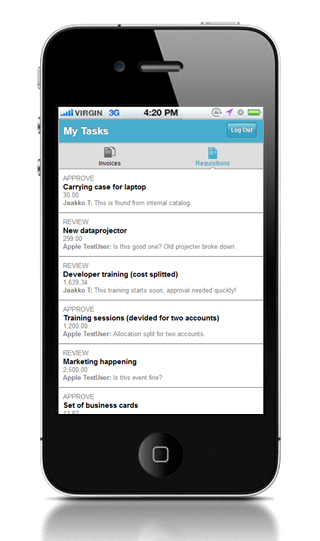06 Jun Siloed organisations encouraged to collaborate by P2P leaders
A major shift in the way P2P departments collaborate has been highlighted in a new survey conducted by Accounts Payable News and sponsored by Basware. The survey highlights the introduction of Heads of P2P, or Global Process Owners as a key driver of this change. Over 58% of departments now work closely together, resulting in increased organisational level recognition for Accounts Payable (A/P) departments.
The survey found that collaboration levels were also enabled by an increase in the application of automation solutions and technology, with 43% now using einvoicing, a 6% rise over last year. Despite this, those operating in an almost entirely automated environment remain in the minority, with fewer than 11% of organisations doing so.


 "We always overestimate the change that will occur in the next two years and underestimate the change that will occur in the next ten."
I wish I'd said that but Bill Gates thought of it first. It's an often quoted piece of Gates wisdom from his book The Road Ahead and anyone who has observed technology for more than 10 years will recognize this phenomenon.
It was a decade and a half ago that we overestimated e-procurement. We said it would eliminate maverick spend, encourage compliant behavior, provide better spend analytics that would facilitate better decisions and save money. The user experience of buying in business would be as easy and intuitive as home shopping. That vision didn't materialize - not immediately in any case. It was harder than we thought. The technology infrastructure we were using wasn't up to the challenge and the theoretic results that we put so much store in didn't play out in practice.
That was then and this is now. We overestimated what could be achieved in the short term but did we underestimate the long term view? Sure we did. Reading the press release from Basware this week launching Basware Purchase it's like reading the predictions of 1997 - the same promises, this time being delivered, but in 1997, we never thought we'd have a full functional procurement app in our pocket.
"We always overestimate the change that will occur in the next two years and underestimate the change that will occur in the next ten."
I wish I'd said that but Bill Gates thought of it first. It's an often quoted piece of Gates wisdom from his book The Road Ahead and anyone who has observed technology for more than 10 years will recognize this phenomenon.
It was a decade and a half ago that we overestimated e-procurement. We said it would eliminate maverick spend, encourage compliant behavior, provide better spend analytics that would facilitate better decisions and save money. The user experience of buying in business would be as easy and intuitive as home shopping. That vision didn't materialize - not immediately in any case. It was harder than we thought. The technology infrastructure we were using wasn't up to the challenge and the theoretic results that we put so much store in didn't play out in practice.
That was then and this is now. We overestimated what could be achieved in the short term but did we underestimate the long term view? Sure we did. Reading the press release from Basware this week launching Basware Purchase it's like reading the predictions of 1997 - the same promises, this time being delivered, but in 1997, we never thought we'd have a full functional procurement app in our pocket.